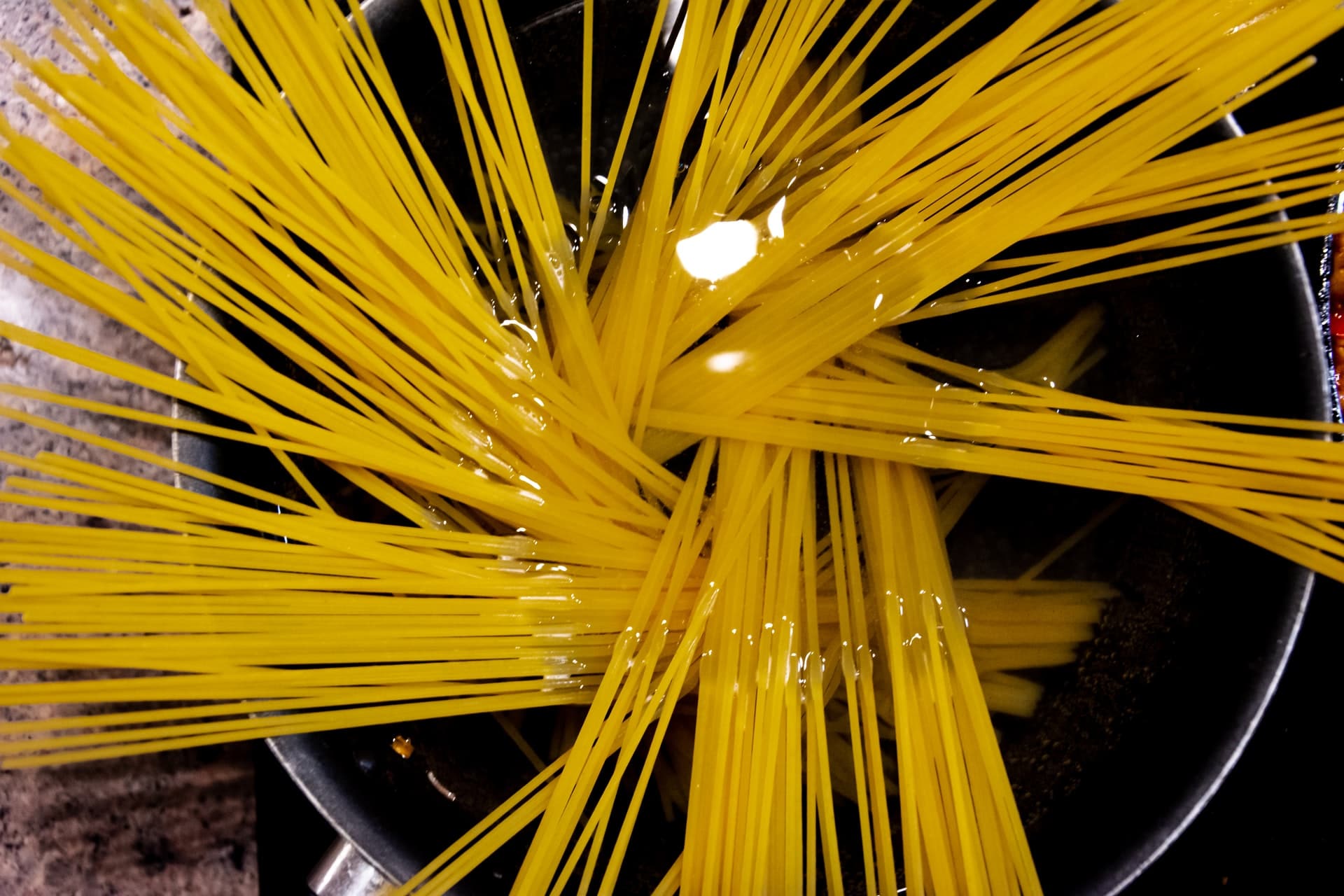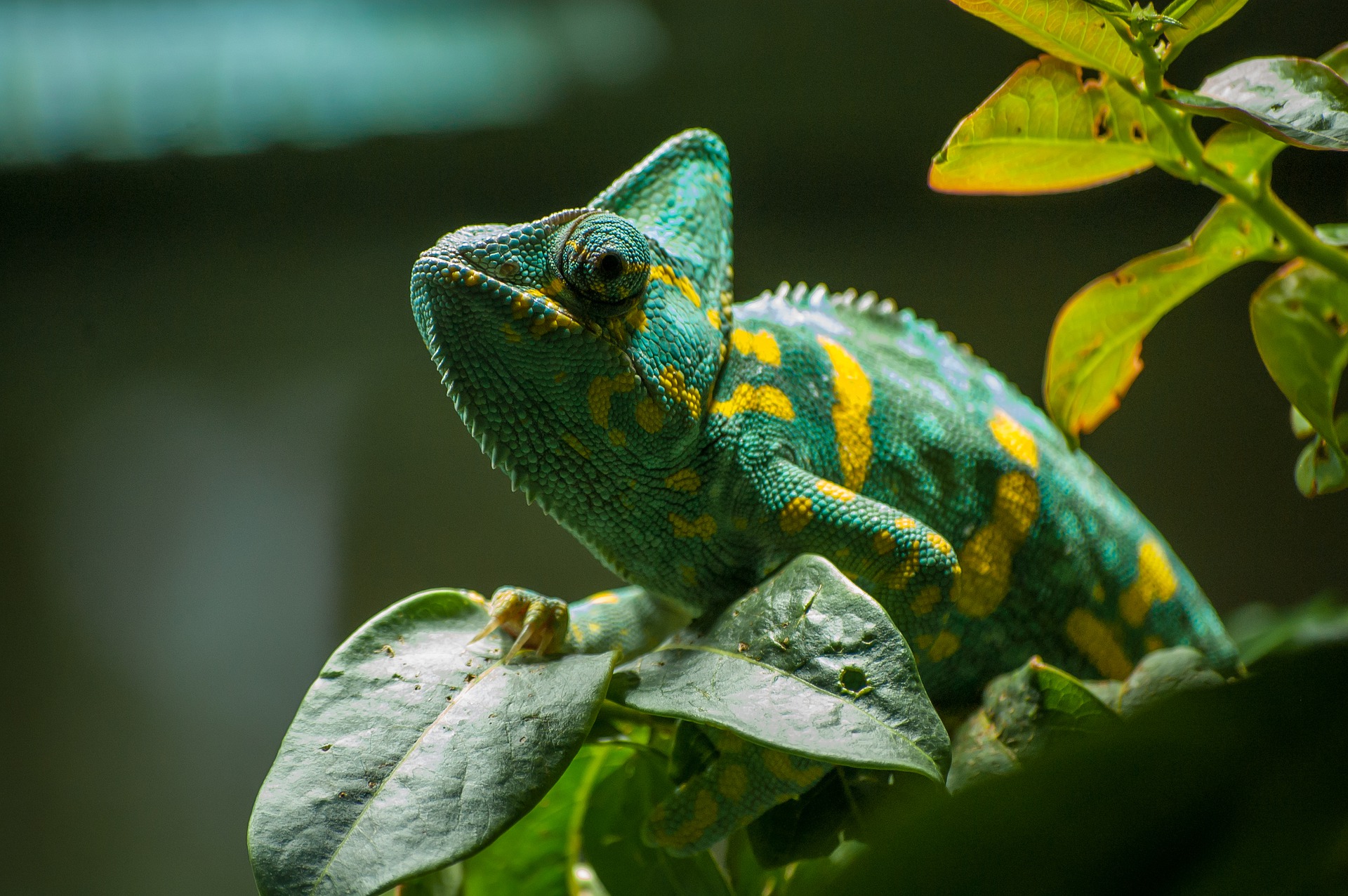Many of us thought popular myths and misconceptions were “facts” before, because, let’s be honest, several of them may have been taught to us in school. We may have even have heard some from our parents, or other people time and time again. That’s why it’s important to call out all these false concepts so we can be on the right side of history.
We’re now on part 3 of the popular misconception series. If you have not done so, you can also read part 1 and part 2. Read on to discover more persistent common myths and misconceptions and the truth behind them.
Bears Hibernate All Winter
You’ve probably heard in your science class that bears sleep or go into hibernation all winter, and many of us probably still believe this to this day.

Contrary to popular belief, bears do not actually go into hibernation all winter. Instead, they fall into a state of inactivity called torpor.
Bears do fall asleep (a lighter one), but they can wake up easily and move around if threatened or hurt. During torpor, the heart rate, breathing rate, metabolic rate, and body temperature of bears decreases as their survival tactic to endure the winter months. They can also occasionally wake up to shift posture or eat.
Also, did you know that bears can go on for more than 100 days of sleeping without eating, drinking water, or defecating? Pregnant bears can also wake up to give birth during torpor, and then sleep afterward!
Five-Second Rule
I bet you probably know this already, heard someone mention this, or maybe even believed it at some point in your life when you accidentally dropped your food on the floor.

Unfortunately, this five-second rule is definitely a myth. It’s never safe to eat any food that has already fallen on the ground. Bacteria or any contaminants can easily attach to the food in less than a second.
Ostriches Stick Their Heads in the Sand When Scared
Despite the common misconception, ostriches do not stick or bury their heads in the sand when threatened or scared. In fact, they often lie flat on the ground when they are scared.

Moreover, ostriches do not build nests. Instead, they dig a hole in the ground and lay their eggs there. They regularly stick their heads into the nest, checking and turning the eggs with their beaks to make sure they’re evenly heated.
Ostriches sticking their heads into the nest may have looked like they were trying to hide, which is probably where the popular myth originated.
Adding Oil to Your Pasta Water
There’s a popular myth that when you put oil in boiling water while cooking pasta, the oil will prevent the pasta from sticking together. You’ve probably even seen your mom or dad doing this. But did you know that this is untrue?

Since oil and water don’t mix at all, the oil will just be on top of the water, and will more likely attach to the pasta after draining them. Once the oil has attached to the pasta, the oil will prevent the sauce from completely sticking.
Sugar Makes Kids Hyperactive
There’s this popular myth about sugar — and that is eating sugary foods can make kids hyperactive, also known as a sugar high.

While studies have shown that consuming large amounts of sugar can cause children to be hyperactive or act rowdy, researchers also stated that the reason behind the misconception is through one’s perception.
In a conducted study, children who were described by their mother as sugar sensitive were tested in groups. However, all of the kids were really given a placebo, which is a fake sugar substance.
One group of the mothers were told that their children were given large doses of sugar, while the other group was told their children received a placebo. During the observation, studies found that kids who were given sugar were expected by their mothers to produce hyperactive behaviors.
Moreover, another probable reason behind the misconception is the setting or environment where the kid consumed sugar. In events like birthday parties, children are more likely to be excited and are having fun, hence becoming hyperactive.
In kids who have low blood sugar, eating sugar can give them more energy. For most people with normal blood sugar, the excess sugar is regulated by the body. However, it is important to avoid eating too much sugar, since it can cause many serious health problems, like tooth cavities, obesity, and diabetes.
Chameleons Change Color To Match Their Surroundings
Believe it or not, chameleons do not change their normal color to match their surroundings, or to camouflage and escape from predators.
Instead, they actually change their colors based on their mood, the outside temperature, and light.

The outermost layer of a chameleon’s skin is transparent, and the layers beneath this have pigments called chromatophores, which contain light-reflecting cells. The chromatophores in each layer of skin have different kinds of pigment.
The deepest layer contains melanophores or pigment that contains brown melanin. The layer above it contains iridophores or blue pigment that reflects blue or white light. Next is the layer above it that have cells called xanthophores and erythrophores, which contain red and yellow pigment.
Depending on the mood or change in the environment, the cells expand or contract, thus changing their color.
When the sun is up and the area is cold, their skin would turn darker. Darker colors tend to absorb more light, changing their skin into a darker color. It also helps them absorb more sun and regulate their body temperature.
Moreover, when chameleons are scared or threatened, they can turn their skin color into shades of yellow or red, as a threat to predators or to warn others of danger. They can also use their colors to court and communicate with females.






